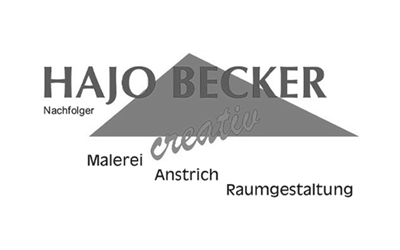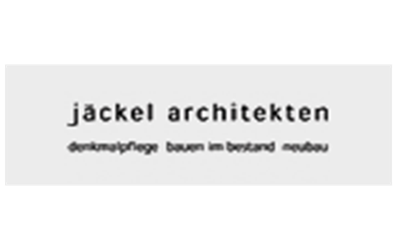Romans and Knights
Antiquity and medieval history in the museum on the Rhine
Celts and Legionnaires
Oberwesel developed from a Roman military post. The Celtic settlement of Vosovia was situated on the military road which connected the legionary camps at Mainz and Cologne. The Roman military kept a staging post and hostel here for official couriers and merchants. Finds from Roman graves, which are on display at the museum, testify to the cultivated lifestyle of the Romans.
A Medieval Boom-Town
Oberwesel’s heyday came in the 13th century when it was declared a Free Imperial Town. The great town wall with its many towers still bears witness to the town’s former significance. With the help of modern, audio-visual technology, visitors can go on a “virtual tour of the town” and learn lots of interesting facts about the town’s medieval attractions (in German or English).
The Jingle of Coins
The coinage muddle was particularly bad along the Middle Rhine on account of the large number of small territories there. So in 1385 the four Rhenish electoral princes founded the Rhenish Coinage Union and introduced the Rhenish Florin as common currency. The Electors of Trier also had the Rhenish Gold Florin struck at Oberwesel and today you can admire some well preserved specimens in the museum.
Knights and Mr. Rhinelander
The Schönburg is one of the oldest and largest hilltop castles on the Middle Rhine. It was known as a Ganerbenburg (“castle of joint heirs”) where several noble families lived together under one roof. The castle was completely destroyed by French troops in 1689 during the Palatine War of Succession. In 1885 T.J. Oakley Rhinelander, a real estate broker from New York, started rebuilding the Schönburg. Many original documents and photos illustrate the fascinating story of Rhinelander’s reconstruction work.
















